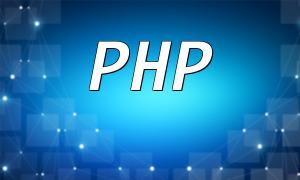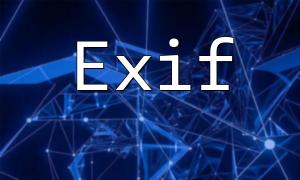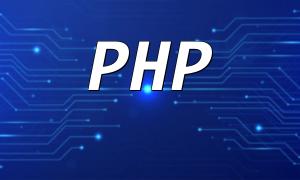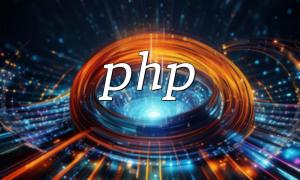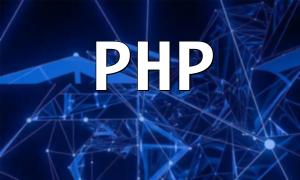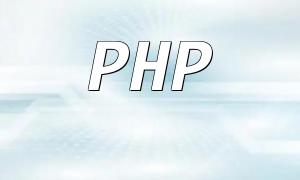Ensuring the security of PHP applications is crucial. This article outlines common security risks and how PHP frameworks provide protections to help developers reduce threats effectively.
Risk: Attackers can manipulate SQL queries to perform unauthorized operations.
Solution: PHP frameworks like Laravel and Symfony provide prepared statements and parameter binding to prevent SQL injection.
$query = DB::table('users')
->where('email', '=', $request->input('email'))
->where('password', '=', $request->input('password'))
->get();
Risk: Attackers inject malicious scripts into web applications to steal user data or compromise the site.
Solution: PHP frameworks such as CodeIgniter and CakePHP provide input filtering and escaping to prevent XSS attacks.
$sanitizedInput = $this->input->post('user_input', TRUE);
Risk: Attackers trick users into performing actions without their knowledge.
Solution: PHP frameworks like Zend Framework and Yii use CSRF tokens to prevent such attacks.
$form = new Zend_Form();
$form->addElement(
'csrf',
'hash',
[
'ignore' => true,
]
);
Risk: Attackers can upload malicious files to execute code or access sensitive information.
Solution: PHP frameworks like Slim and Phalcon provide file validation and upload restrictions to protect against such vulnerabilities.
$app->post('/upload', function(Request $request, Response $response) {
$uploadedFiles = $request->getUploadedFiles();
$mimeType = $uploadedFiles['file']->getClientMediaType();
if ($mimeType !== 'image/png' && $mimeType !== 'image/jpg') {
return $response->withStatus(400);
}
// Upload and save file
$file->moveTo($targetPath);
});
Risk: Attackers can hijack user sessions to gain unauthorized access.
Solution: PHP frameworks like Laravel and Symfony provide session management features, including token generation, encryption, and expiration policies.
Auth::attempt([
'email' => $request->input('email'),
'password' => $request->input('password'),
]);
Implementing these security measures allows PHP frameworks to significantly enhance application security, prevent common threats, and protect user data and system integrity.
